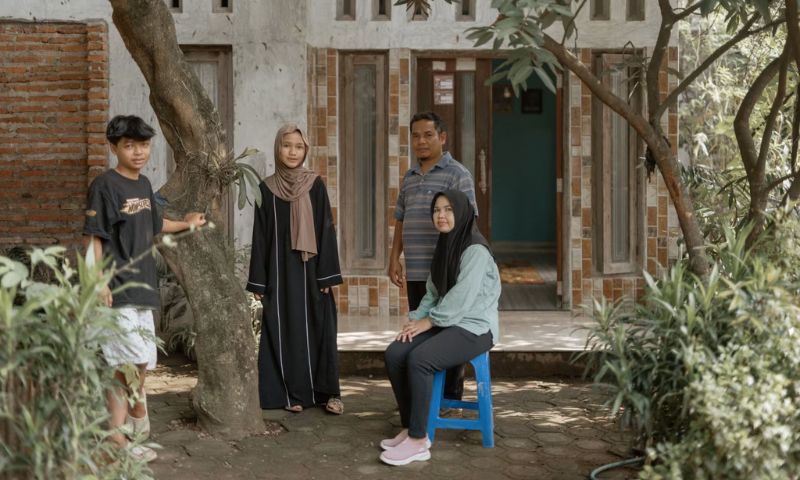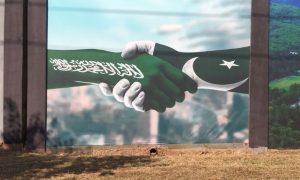Key points
- Export manufacturing helped narrow wealth gap with the West in Indonesia
- Life transformed overnight in 1990s
- Transformation stalled due to cheaper competitors in markets
ISLAMABAD: In Indonesia and elsewhere, export manufacturing helped narrow the wealth gap with the West, creating a consumer class, but that transformation has delayed, according to a Wall Street Journal (WSJ) report.
The newspaper reported when modern textile factories opened in the small city on the Java Sea in the 1990s, life was transformed overnight.
Global trade
Since the 1990s, global trade enabled developing nations to narrow the wealth gap by building export-driven industries and countries like Indonesia became key suppliers for Western markets, lifting rural populations into a growing middle class.
Rice farmers and buffalo herders earned enough money sewing clothes for Americans to swap thatch houses for concrete ones and send their kids to universities.
According to WSJ, Tabi’in and his wife, Nur Hamidah, both worked at the now-closed Panamtex textile factory in Pekalongan for years, building a comfortable life and home with their children.
Shifting supply chains
But in recent years, protectionist policies, shifting supply chains, and a manufacturing dominance have weakened that growth engine, leading to factory closures and job losses across Southeast Asia.
By 2022, the transformation stalled, and factories started closing down as cheaper competitors were boxing Indonesian producers out of foreign markets, according to WSJ.


























